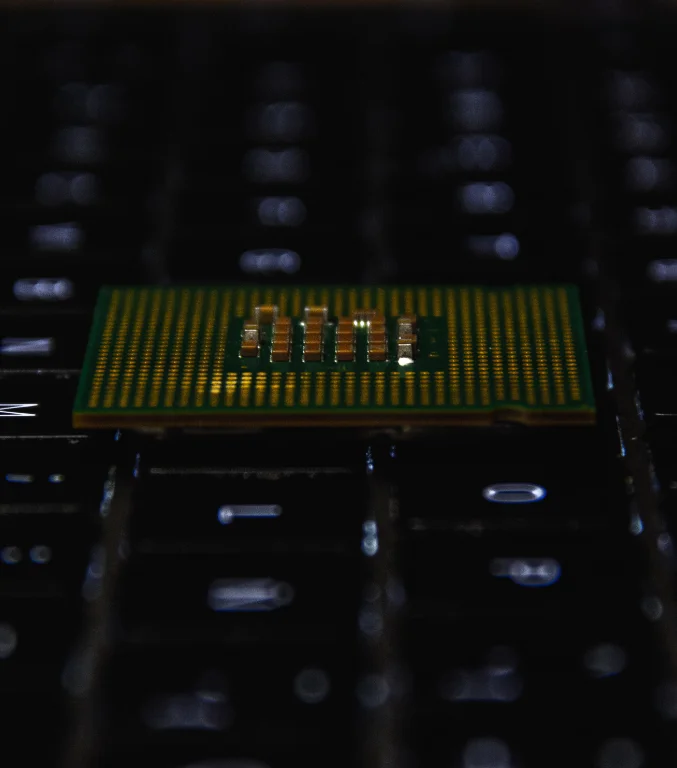Preparing for the Business Future of Edge Computing
Enterprise digital infrastructure is shifting to the edge—and a new era of computing that will have a massive impact across industries is emerging as a result. Now, “edge computing has become a top priority for C-suite executives and is critical to the success of strategic business objectives,




